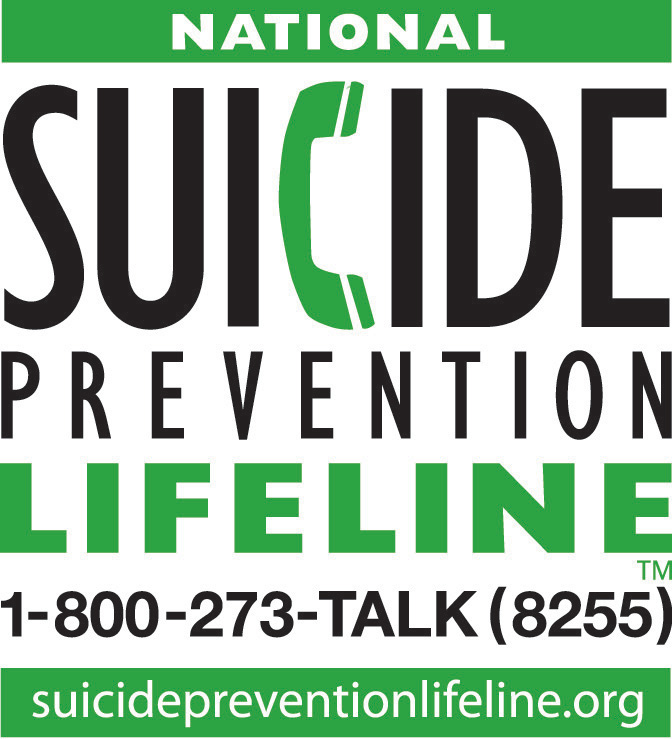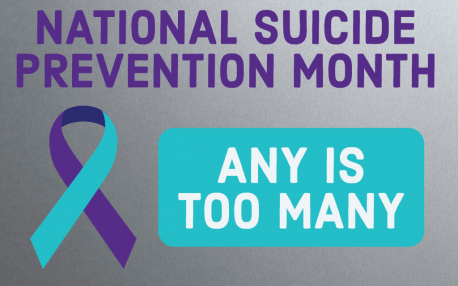
Mental Health and Romantic Relationships
The connection between mental health and romantic relationships may seem daunting. However, for those living with a mental health condition, you are not alone. One in five Americans experience some form of mental illness every year, according to NAMI. You may wonder how to talk to your partner about your mental health, as well as theirs. And for those who are single, you may feel discouraged about dating due to your mental health. Regardless of the stigma, it is important to recognize that many individuals with mental illnesses can have strong, healthy relationships.
“Should I tell my Partner?”
Many people may feel reluctant to tell their partner about their mental health struggles due to the stigma that surrounds mental illnesses. However, for those who desire a healthy long-term relationship, it is important to create a foundation of honesty and trust between you and your partner. Knowing each other and both of your unique health needs will help you better support each other during a mental health crisis.
When beginning a new relationship, it is okay to wait before disclosing information about your mental health until you feel comfortable doing so. As the relationship grows and becomes committed, you may want to consider starting a discussion about your mental health needs, as well as theirs.
“How Do I Tell My Partner About My Mental Health COndition?”
Telling your partner about your mental health condition may seem scary, but it is important to realize that you can still have a strong relationship even if you have a mental illness.
Your partner is with you for a reason, and probably already admires you for who you are. Sharing information about your mental health can help your partner better understand what you struggle with, as well as the challenges that you overcome.
Your partner may be faced with confusion or uncertainty when first hearing of your mental health struggles, and that is okay. A partner worth sticking with will grow more comfortable with your mental health as they learn more about it and further their understanding. For many, relationships will grow stronger during this process.
Preferably, choose a time to speak with your partner about your mental health when you are not actively experiencing a mental health crisis. You can set up the conversation by letting your partner know that you trust them enough to have this difficult conversation with them. Be ready to answer questions and allow your partner to take time to understand.
“How Can I Start a Relationship?”
Mental health conditions differ, as well as the specific symptoms that individuals may experience. By following a treatment specific to you, it can help lessen your symptoms and likely make it easier to meet people and connect.
By sharing your positive qualities with the world, and not being afraid to be yourself, you will meet someone who appreciates you for who you are. Although it may take time, it is worth it to wait for a relationship where you can trust the individual to accept you and your mental illness. Regardless of your health history, you deserve a loving and caring partnership.
More Information AND RESOURCES
- To learn more about mental health and romantic relationships, we recommend speaking with your health care provider.
- To read more, the following resource is suggested:
Return to the homepage: https://nwmind-bodywellness.com/
Read more articles at: https://nwmind-bodywellness.com/articles/









